The Government of Kyrgyzstan is determined to solve problems with...
Climate Resilient Water Resources Project
Components
The project is structured in four components

Component 1
Infrastructure Investments and Service Improvements

Component 2
Institutional Strengthening for Climate Resilient Service Delivery, Water Resources Management and Dam Management

Component 3
Project Management, Monitoring and Evaluation (M&E) and Professional Development

Component 4
Contingent Emergency Response Component (CERC)
Project Beneficiaries
Direct beneficiaries. The direct beneficiaries are rural and peri-urban communities in the target areas. These comprise farmers, low-income households, women, and youth. Improved water service delivery is expected to provide a range of benefits to these social groups.
These include:
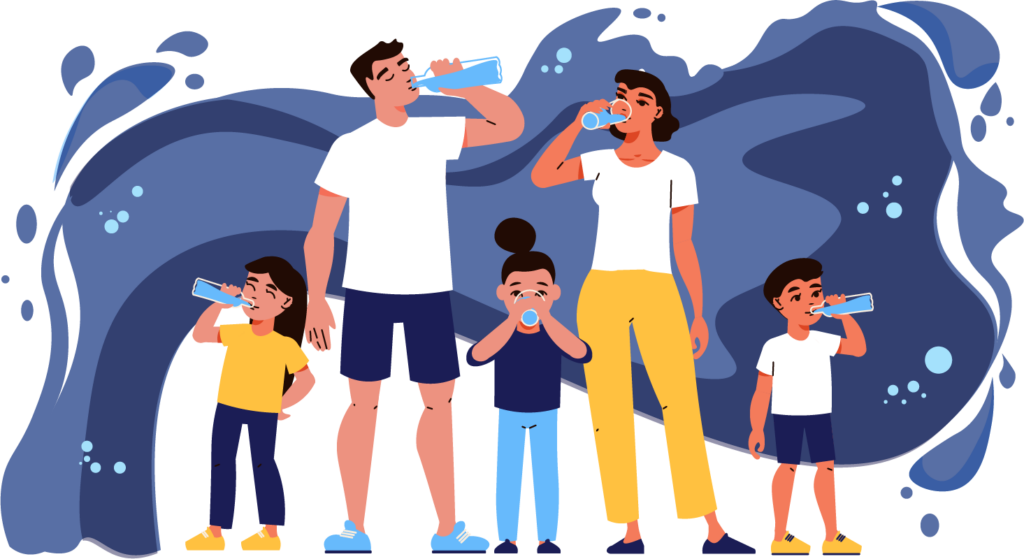
Fulfilling the human right to water and sanitation, livelihood opportunities and jobs in irrigated agriculture, lower morbidity and public health risks from waterborne diseases, and enhanced environmental quality (including reduced odour emissions from unsafely managed latrines and untreated sewage) and decreased vulnerability to droughts and floods. Improved environmental quality is expected to enhance the recreational, mental, and physical health of the beneficiaries, as clean water bodies provide important spaces for recreation.
The project will also benefit social dynamics and ecosystems
Under component 2, activities will empower decision-makers and water managers at all levels to take evidence-based and transparent decisions based on data.

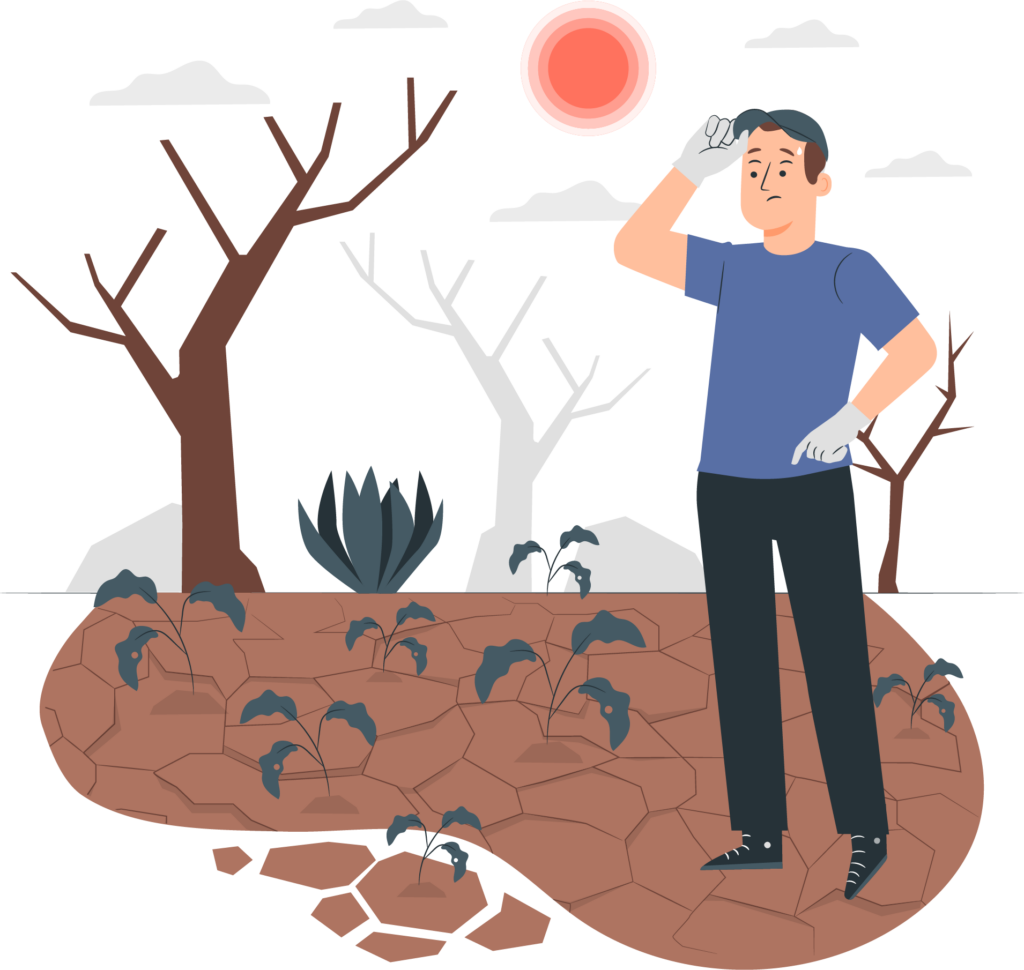
This is expected to enhance sector transparency and participation, in turn reducing the risk of disputes. Activities will also enhance knowledge and preparedness to respond to droughts, thus reducing their potential to trigger disputes over allocation of water in times of shortage.
Overall, this is expected to benefit social dynamics and break the vicious cycle of water insecurity and fragility. Beyond conflict resolution, the project will also have direct benefits for ecosystem quality and conservation. The project will directly benefit freshwater ecosystems of the Issyk Kul Lake through reduced inflows of wastewater and thus reduced risks of eutrophication. Through improved I&D service delivery, the project will also reduce the risk of erosion, land degradation and surface sediment runoff in target areas.
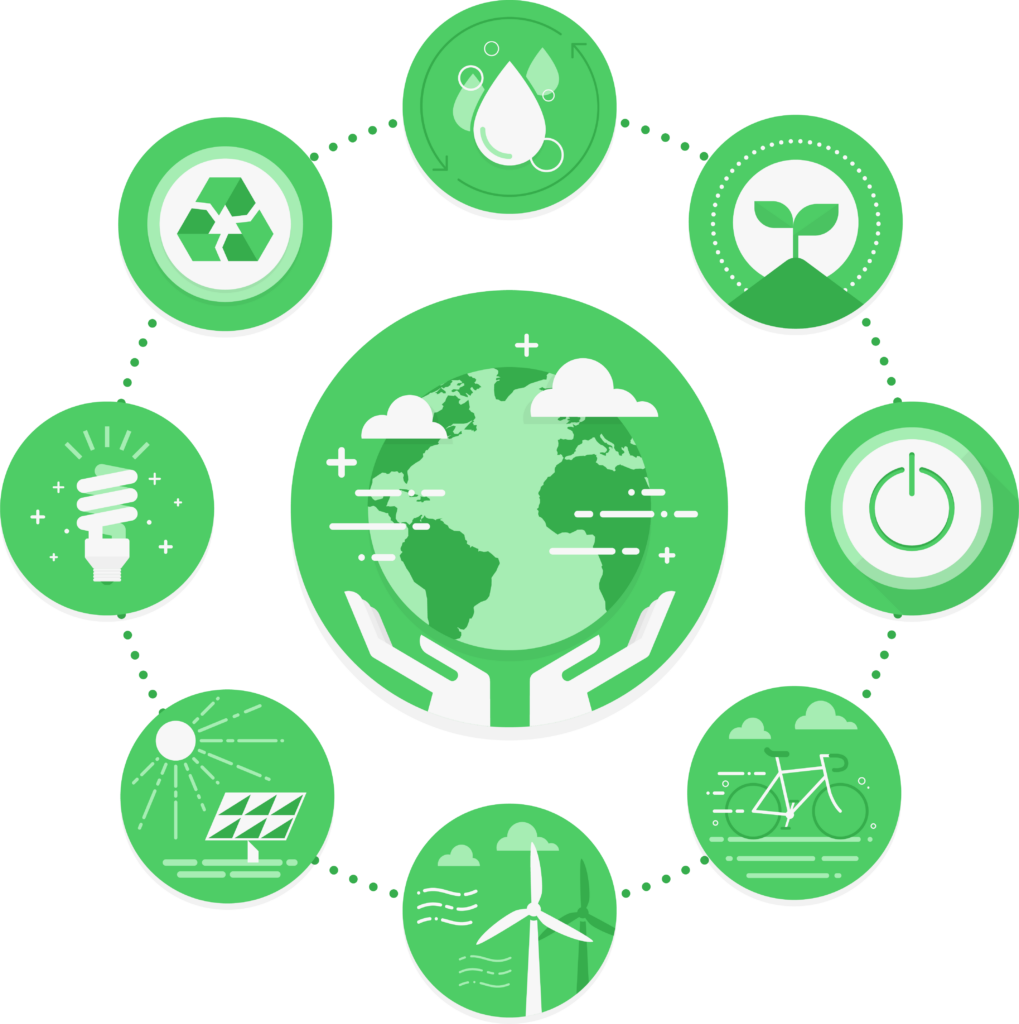
Institutional beneficiaries.
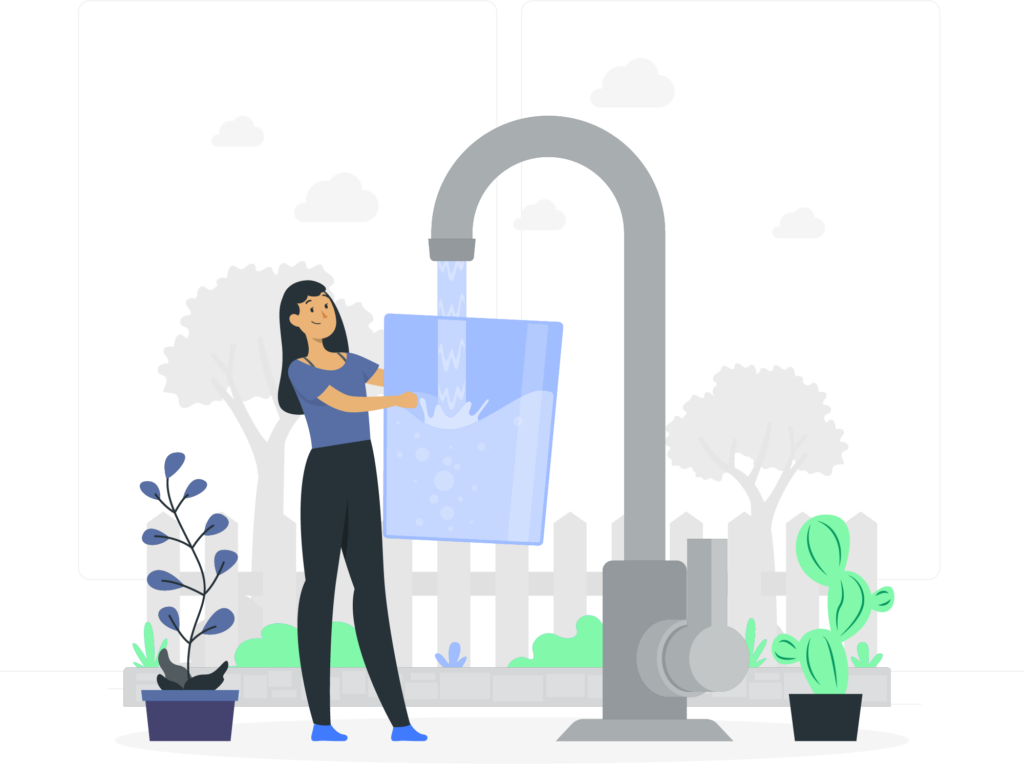
Activities supported under Component 2 target central and decentralized state agencies managing water resources and delivering water services. Staff in these public agencies are expected to benefit from increase technical and operational capacity to carry out their mandates, improved equipment and improved and more accessible data to support user-centered and timely decision-making related to water resources and hydro-climatic risks. At the national level, the main beneficiaries are the WRS, DDWSWD and DEM.
News
RFB # CREWSP/CW/C1.2/RFB/3 Modernization of Kara-Unkur – Sai Irrigation Scheme – Jalal-Abad – Responses to the Requests
Clarifications # 2_CREWSPCWC1.2RFB3Скачать
RFB # CREWSP/CW/C1.2/RFB/3 Modernization of Kara-Unkur – Sai Irrigation Scheme – Jalal-Abad – Addendum # 3
Addendum 3_CREWSPCWC1.2RFB3Скачать
RFB # CREWSP/CW/C1.2/RFB/1 – Modernization of Kurshab-Sai irrigation scheme – Osh_ Responses to the Requests for
Clarifications # 3_CREWSPCWC1.2RFB1Скачать
Request for Bids: Modernization of Nurgaziev Canal in the Shakhimardan Irrigation Scheme -Batken
Request for Bids Works (Two-envelope Bidding Process Without Prequalification) Employer:...
RFB # CREWSP/CW/C1.2/RFB/1 – Modernization of Kurshab-Sai irrigation scheme – Osh, the Addendum # 3
Addendum 3_CREWSPCWC1.2RFB1Скачать
CRWSP
Climate-Resilient Water Services Project
2024 | CRWSP
